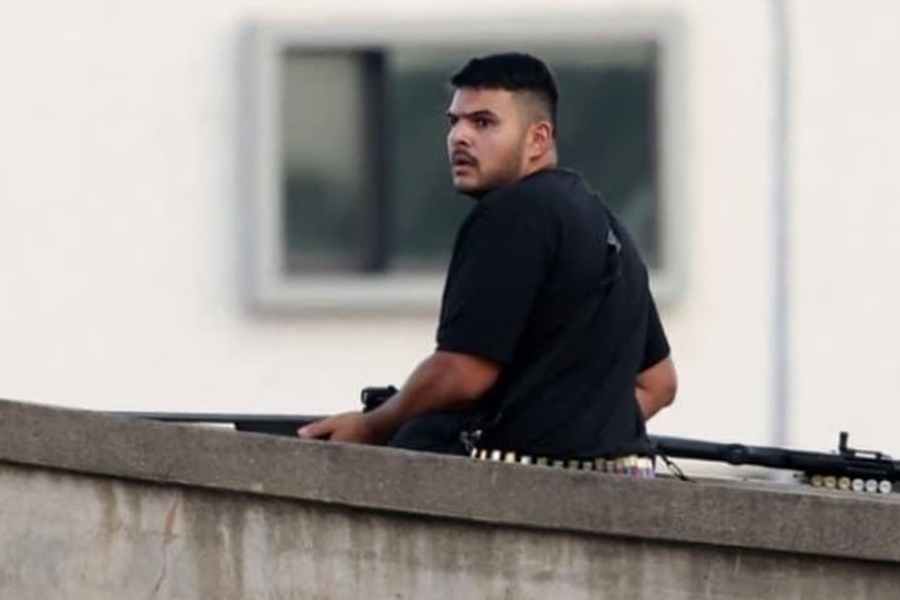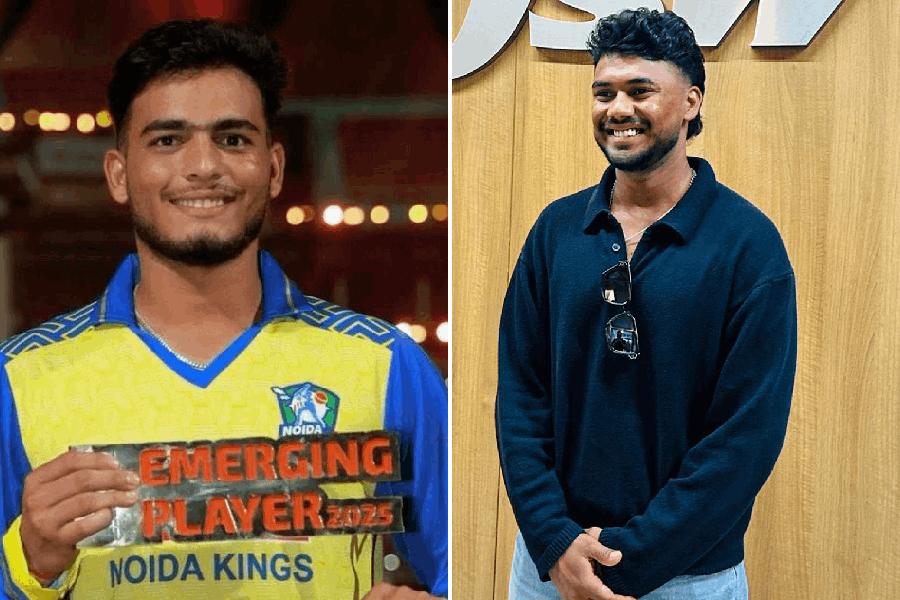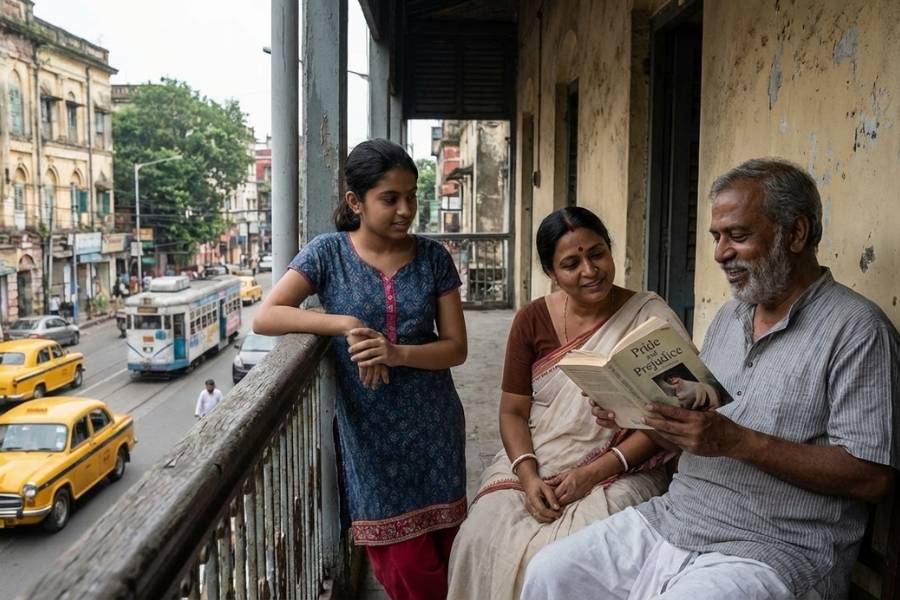What Thai singer and actor James Ruangsak Loychusak remembers most from the last moments before impact wasn’t the engine, or the shaking. It was the people. The faces of the flight attendants. Their calm expressions — no panic, no alarm.
But then the noise came.
People screamed like they were on a roller coaster. Others cried like children. The plane swayed hard. The sound deafened him.
“And then everything slammed into the ground,” James said. “And I blacked out.”
He was at seat 11 A, a seat that travel bloggers suggest not to select.
27 years later, the same seat number claimed an eerie spotlight: the sole survivor of the Air India crash in Ahmedabad, Vishwashkumar Ramesh, escaped serious harm while seated in 11A, reviving a haunting parallel between two crashes and two lives spared.
James was on Thai Airways Flight TG261 in December 1998 when the Airbus A310 stalled during its third attempt to land amid heavy rain and low visibility, then pitched steeply and fell into a swamp roughly three miles short of Surat Thani runway .
The impact sheared the aircraft apart and ignited a fire that claimed 101 of the 146 souls aboard; some victims were trapped and drowned in waist-deep, freezing water.
James survived with fractured ribs, spinal trauma, even brain haemorrhaging, and spent over a year in recovery .
“That was an uncanny coincidence,” James told The Telegraph Online. “The kind that gives you goosebumps.”
He still remembers the sound of the screaming. He remembers the feel of the aircraft swaying violently, the way the plane came apart mid-air, and the silence that followed.
For a year, he healed physically. But the fear took a decade to fade.
Every time he boarded a flight, he would sweat, tremble, and stare out the window, waiting for the storm he thought would come.
When James saw the photos of the wreckage in Ahmedabad and heard about the lone survivor, he posted a line on Facebook:
“Survivor of a plane crash in India. He sat in the same seat as me. 11A.”
Back in 1998, James was one of Thailand’s most recognisable pop singers. After the crash, he found himself in a different spotlight. Not on stage, but in hospital beds and news coverage which continuously telecasted his broken body, his face swollen from injuries.
As he recovered, strangers would come up to him with tears in their eyes. Some of them had lost spouses, children, siblings in that crash. And they would ask him the question that no survivor wants to hear.
“Why not them? Why you?”
“I didn’t have an answer then. I still don’t,” James says. “But it taught me something: that uncertainty is the only real certainty in life.”
He now lives his days with urgency. He doesn’t wait to say what he feels. He tells people he loves them. He doesn’t delay what can be done now — because, as he says, “I truly don’t know if I’ll get another chance.”
A life beyond ‘the survivor’
When you're a young celebrity who survives a national tragedy, your identity can shrink to one word: survivor. But James resisted that.
“In Thailand, what I got wasn’t just attention. It was love,” he says. “People still wanted me to sing. They still waited for my work. That saved me.”
Still, over time, he realised that publicly reliving the crash again and again brought back pain, not just for him, but for the families who lost someone.
He made a quiet decision: he would stop speaking about it every year. Not because he had forgotten, but because he didn’t want others to hurt again.
Healing came in parts — some medical, some spiritual
James saw a psychiatrist. He took medication. And then, he took vows.
For a time, he became a monk. He studied Dhamma. He practised meditation. And through those rituals (one scientific, the other spiritual), he began to rebuild his sense of safety.
“I came to understand that this event was something that passed through my life,” he says. “And eventually, it too would pass.”
But trauma left a trail. So after skipping 30 shows by road, he finally decided to fly again. A trip to Surat Thani, the same place where the crash had happened.
Onboard, he broke down during turbulence. “I screamed,” he says. “Everyone on the plane turned to look at me.”
Art offered him another kind of therapy. Whether it was singing or acting, stepping into someone else’s shoes helped him escape the loop of his memory.
“Performing helped me breathe again,” he says.
His fans stood by him through the dark times. He remembers receiving over a million origami birds. Tens of thousands of teddy bears. And hundreds of letters that simply said: “We’re glad you’re here.”
The curse (or the blessing) of seat 11A
With 11A at the centre of two different crashes with one survivor each, theories have begun to swirl. Some say it’s cursed. Others call it protected.
James laughs at the suggestion. “If I answer as a man of science, it’s just chance. But spiritually... maybe it’s a blessing. I don’t know. I wouldn’t want to say too much though — people might rush to book that seat!”
And if he were ever to meet Vishwashkumar Ramesh?
“I’d tell him something a wise man once told me: Those above have already chosen. So live your life doing only good, and find joy in every single day you’re given.”
James Ruangsak, the man who once filled stadiums and now finds meaning in meditation, says he no longer asks “Why me?”
He just lives. One day at a time.












